Search

Steam Canning
Steam canning is a quick and simple method of preserving produce using steam. While steam canning was previously not an evidence-based practice, recent research indicates steam canning may be a safe home food preservation method for canning naturally acidified foods.
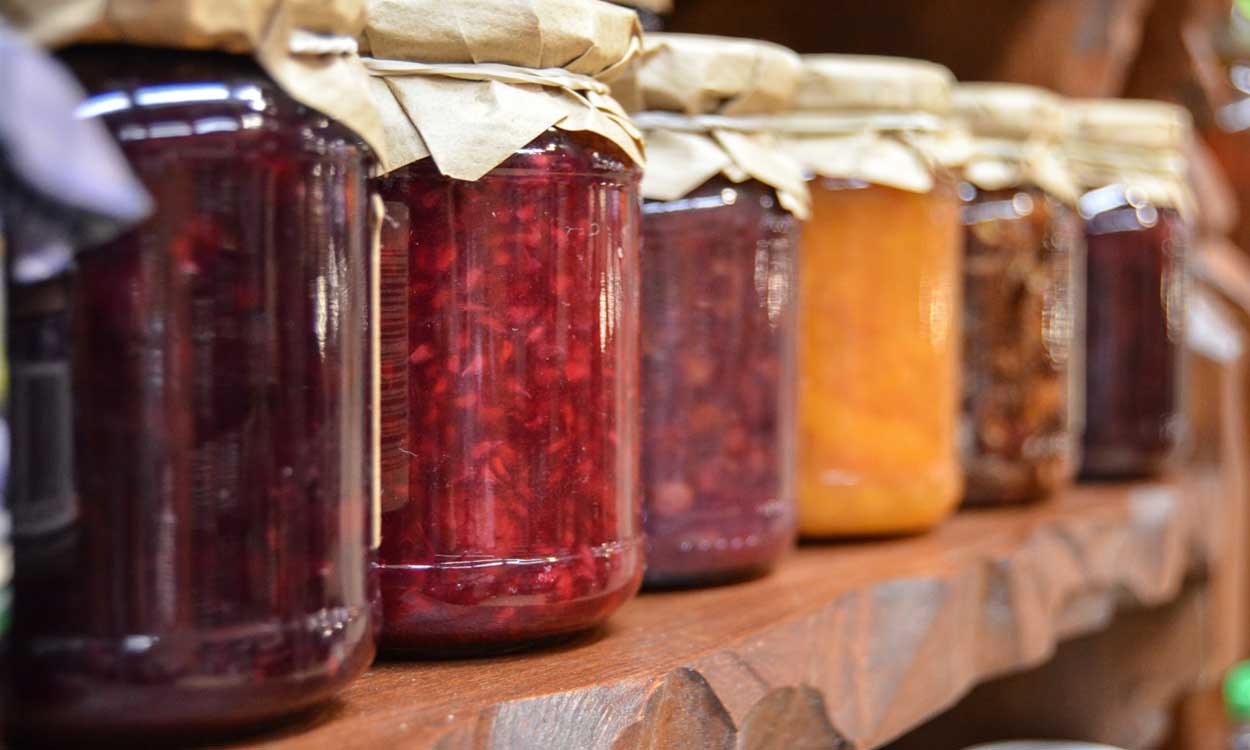
Canning Jams and Jellies
Sweet fruit products like jelly, jam, preserves, conserves and marmalades are jellied or thickened and preserved by sugar. The differences between the fruit products are categorized by the way they are prepared, proportions of fruit, pectin, acid and sugar in the mixture and the method of cooking.
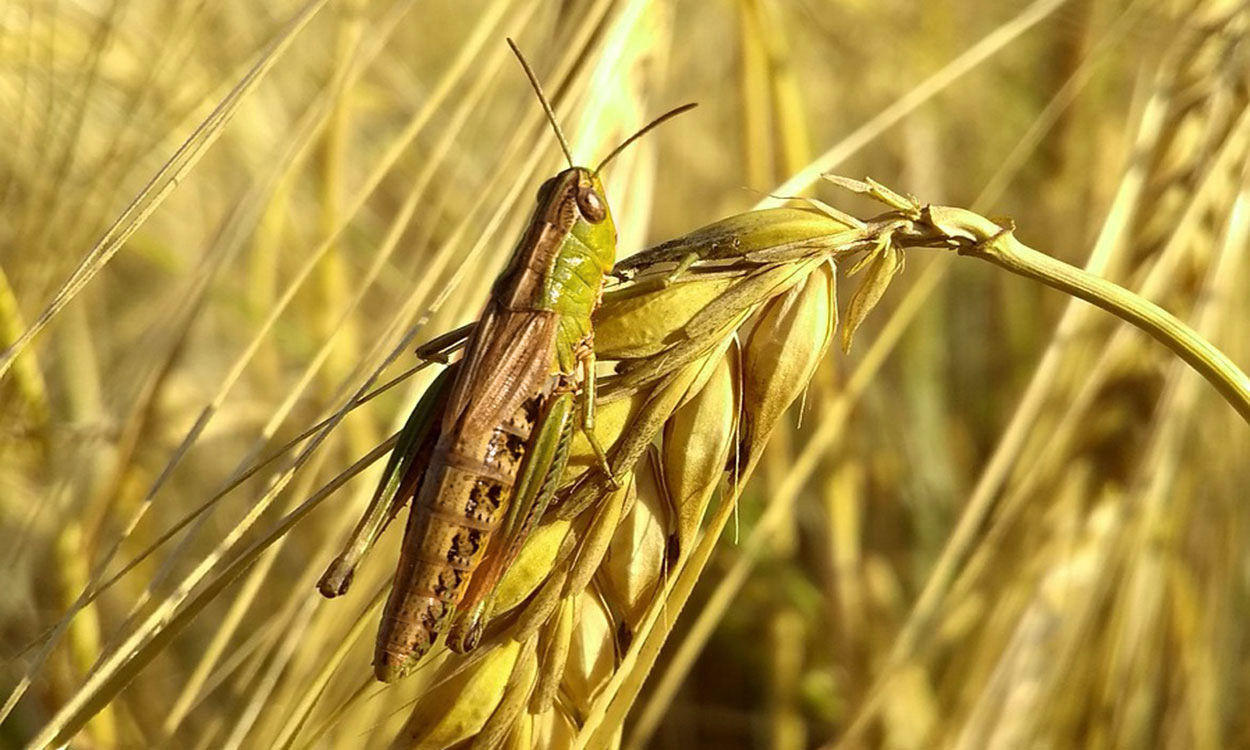
Grasshoppers Are Causing Concerns in Close-to-Harvest Winter Wheat
During the end of last week, we received reports of grasshoppers feeding on winter wheat that was close to being ready to harvest. One of the questions with the report was, “What insecticide can be sprayed that won’t delay harvest?”

Check Fields for Palmer Amaranth
Palmer amaranth, is an aggressive weed from the pigweed family, which has been reported with increasing frequency in recent years around Central South Dakota.

Planting Spring Wheat Into Corn or Milo Residue: Considerations for Scab
Due to current grain prices and other reasons, growers may be considering planting spring wheat into fields that were planted to corn or milo last season. While this type of crop rotation is not generally recommended, economic and logistical challenges sometimes may dictate otherwise.
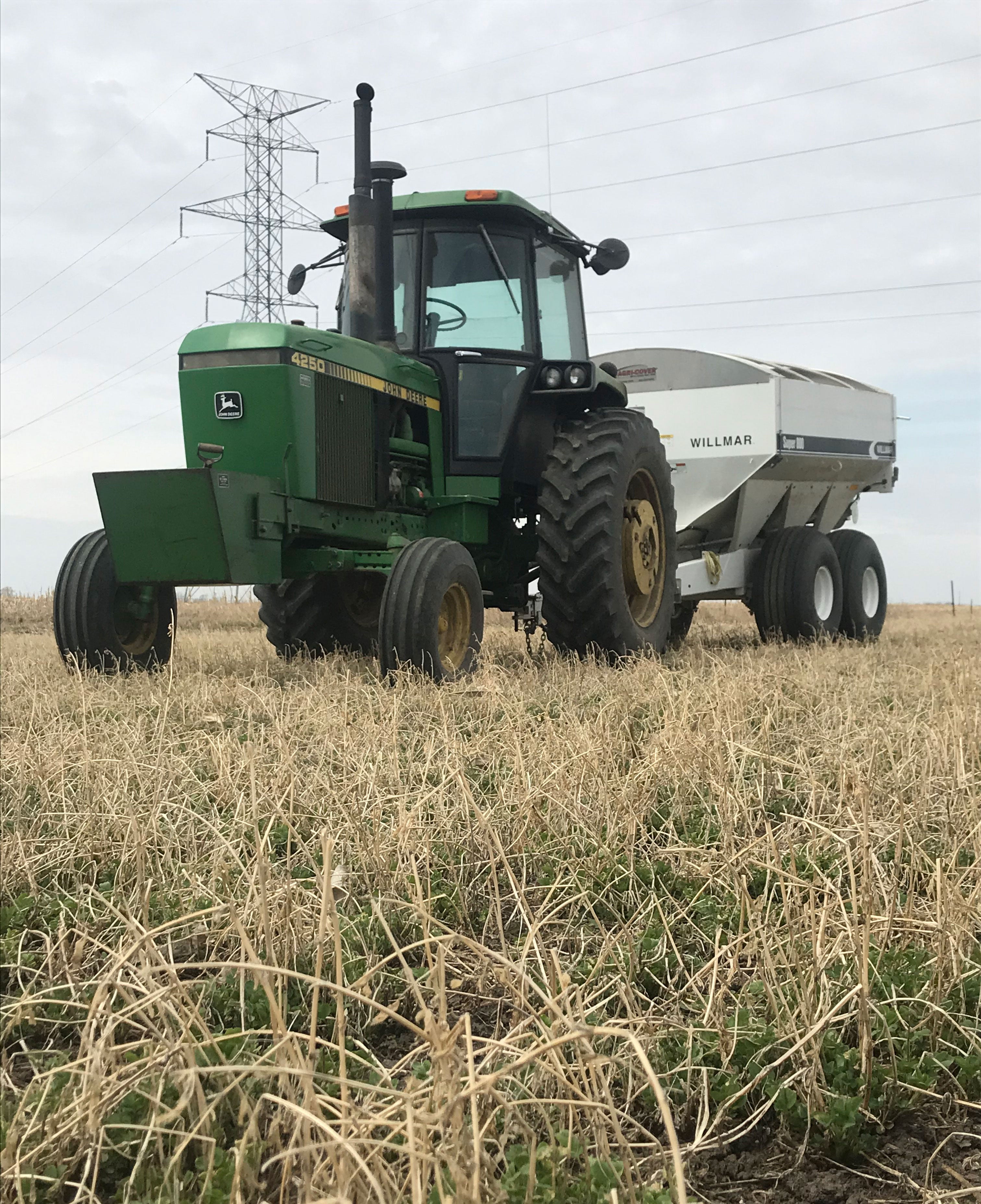
Fertilizing Forages in South Dakota
Spring is a busy time for South Dakota farmers and ranchers with planting, calving, and other field preparations. Soil sampling and fertilizing pastures, alfalfa, or other forages might be overlooked.
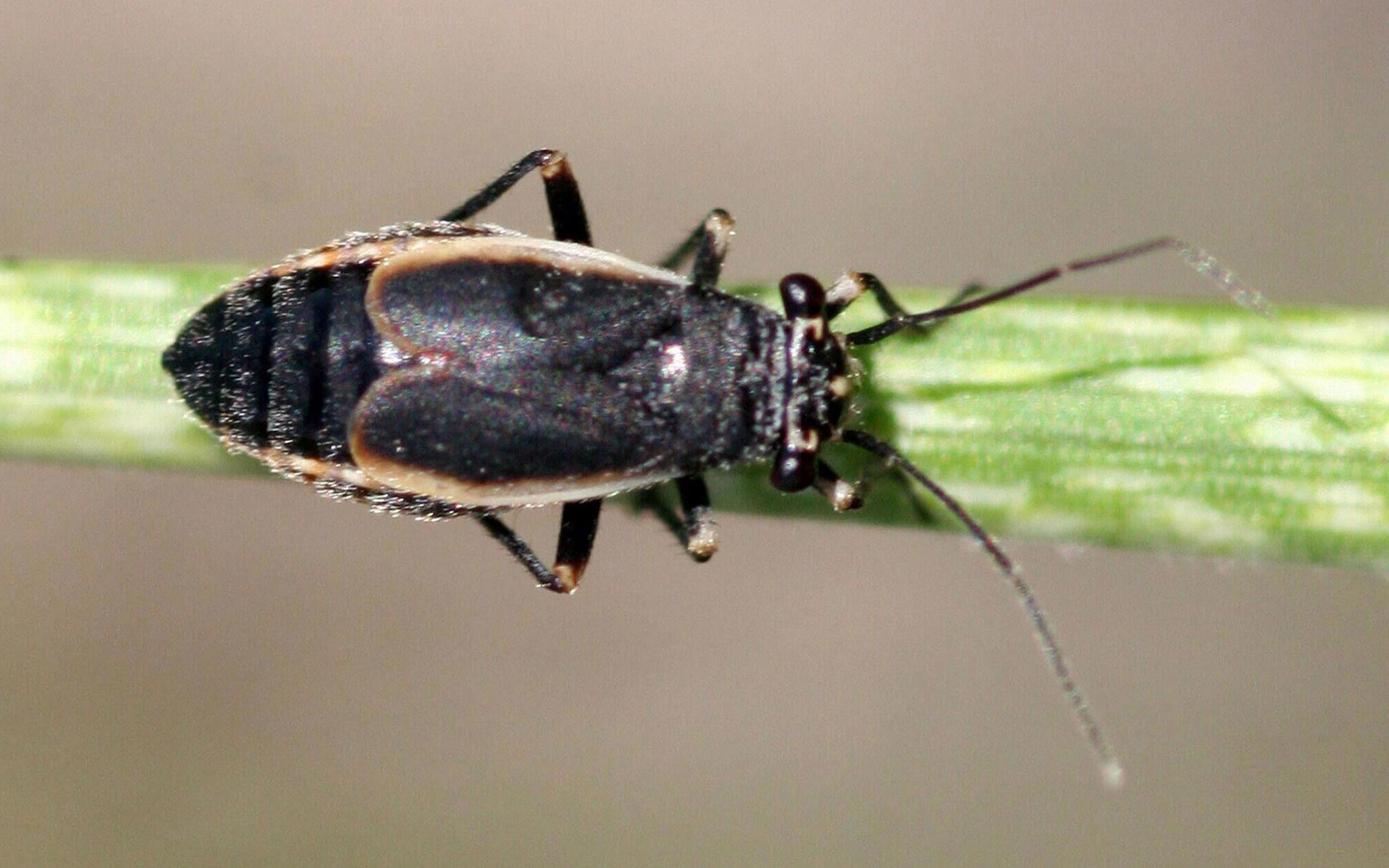
Black Grass Bug Activity Expected in Coming Weeks
Spring green-up is the time to be watching for black grass bug activity. Large populations of this early-season pest can cause severe damage to pasture (up to 90% forage reduction) and infest the edges of wheat fields.
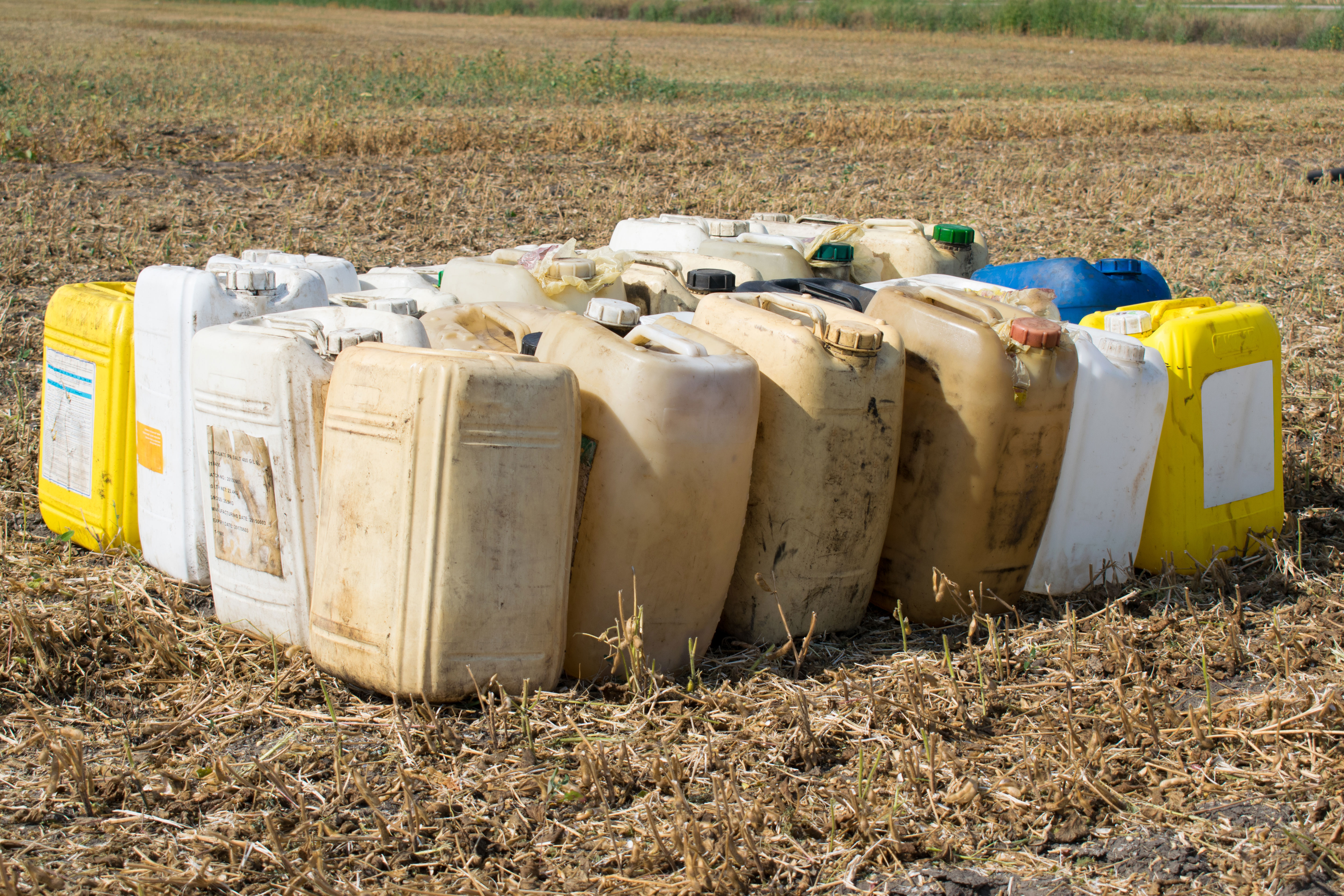
Changes in Pesticide Applicator Certification During COVID-19
April 27, 2020
Due to office closures as a result of COVID-19, commercial pesticide applicator testing is currently unavailable at the SDSU Extension Regional Centers and county offices.
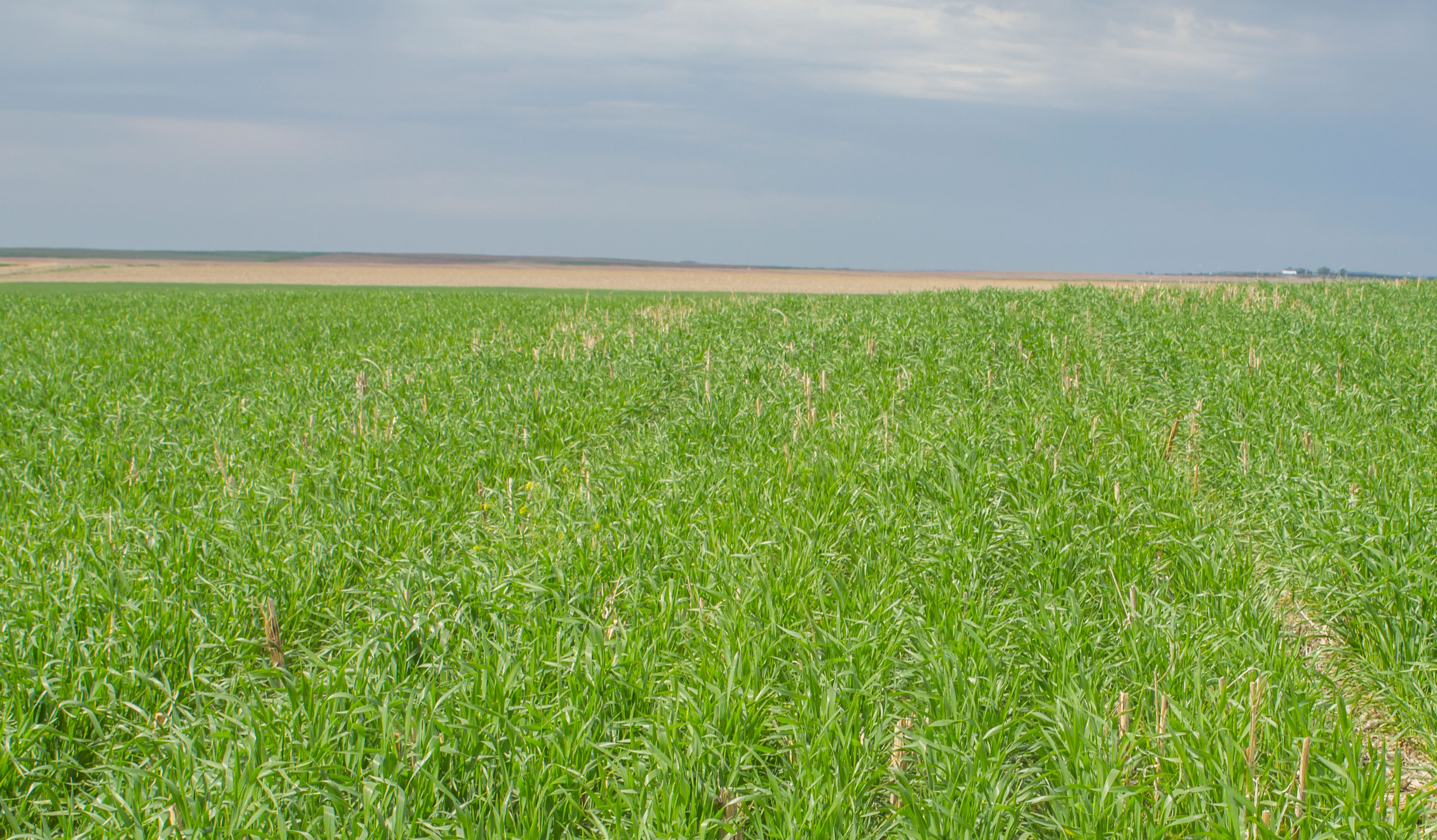
Chloride Fertilizers May Be Beneficial in Spring Wheat Production
Chloride, the ionic form of chlorine, although not considered an essential nutrient, has long been observed to be highly beneficial to field crops. Chloride is known to play an essential role in plant development and osmoregulation.
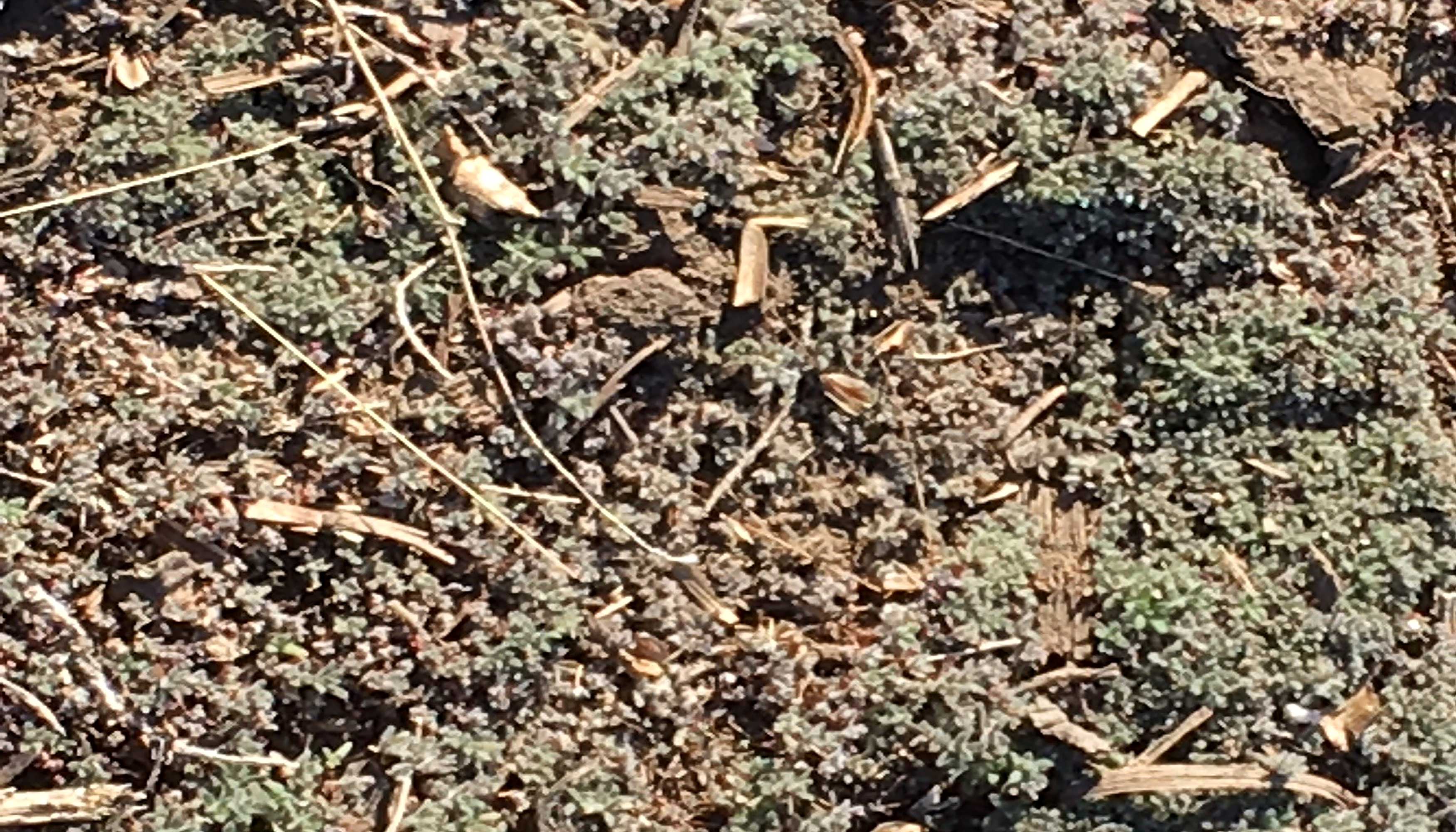
Temperature and Herbicide Performance
In South Dakota, the spring can come with a wide range of temperature fluctuations. This will affect the performance of burndown herbicides. Depending upon the target weed, type of herbicide and application rate, there will likely be decreased weed control in cooler temperatures.